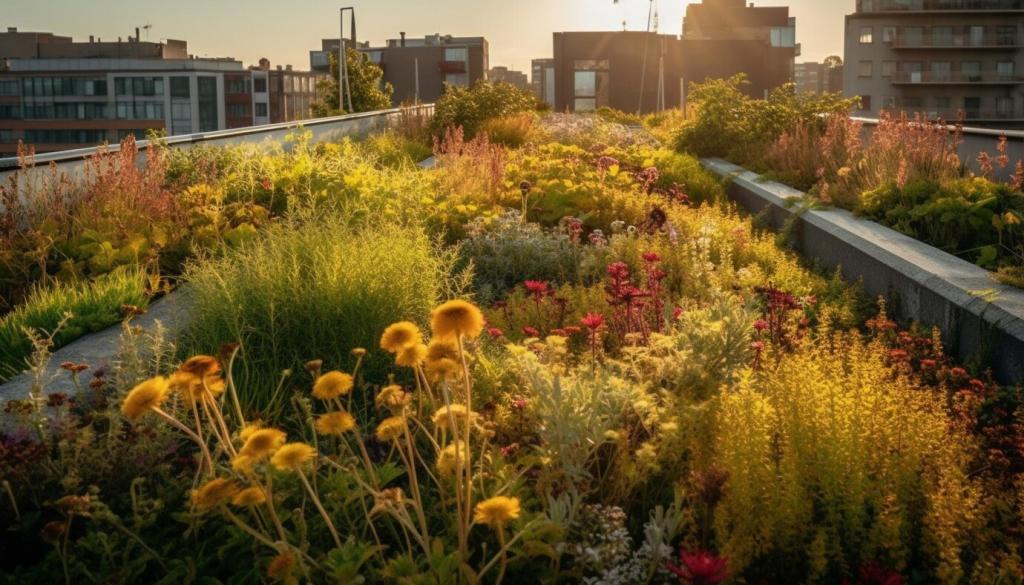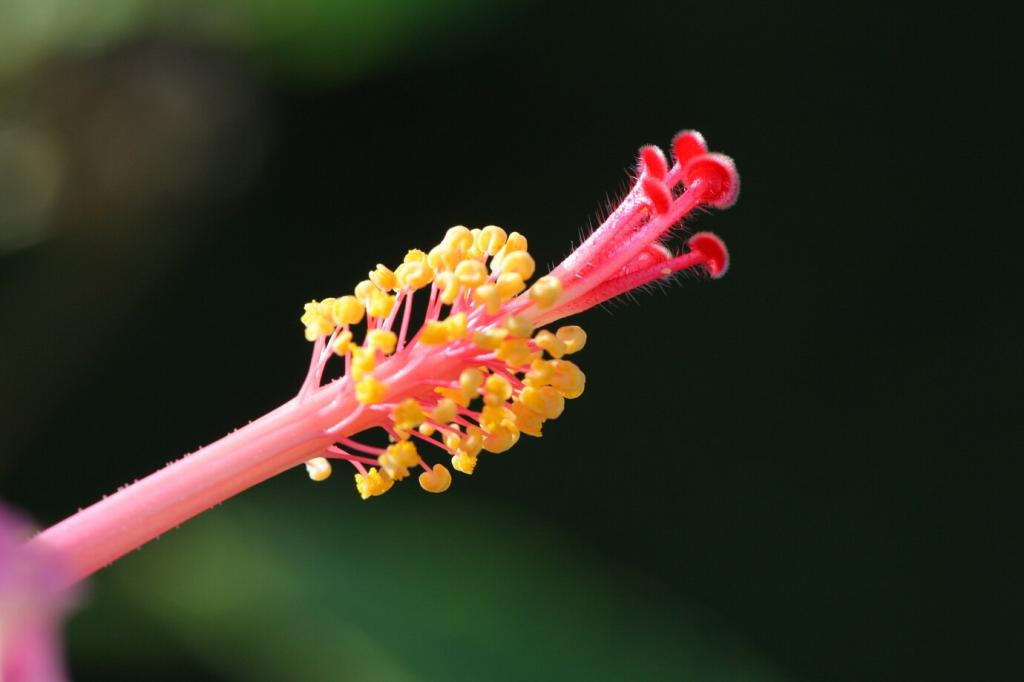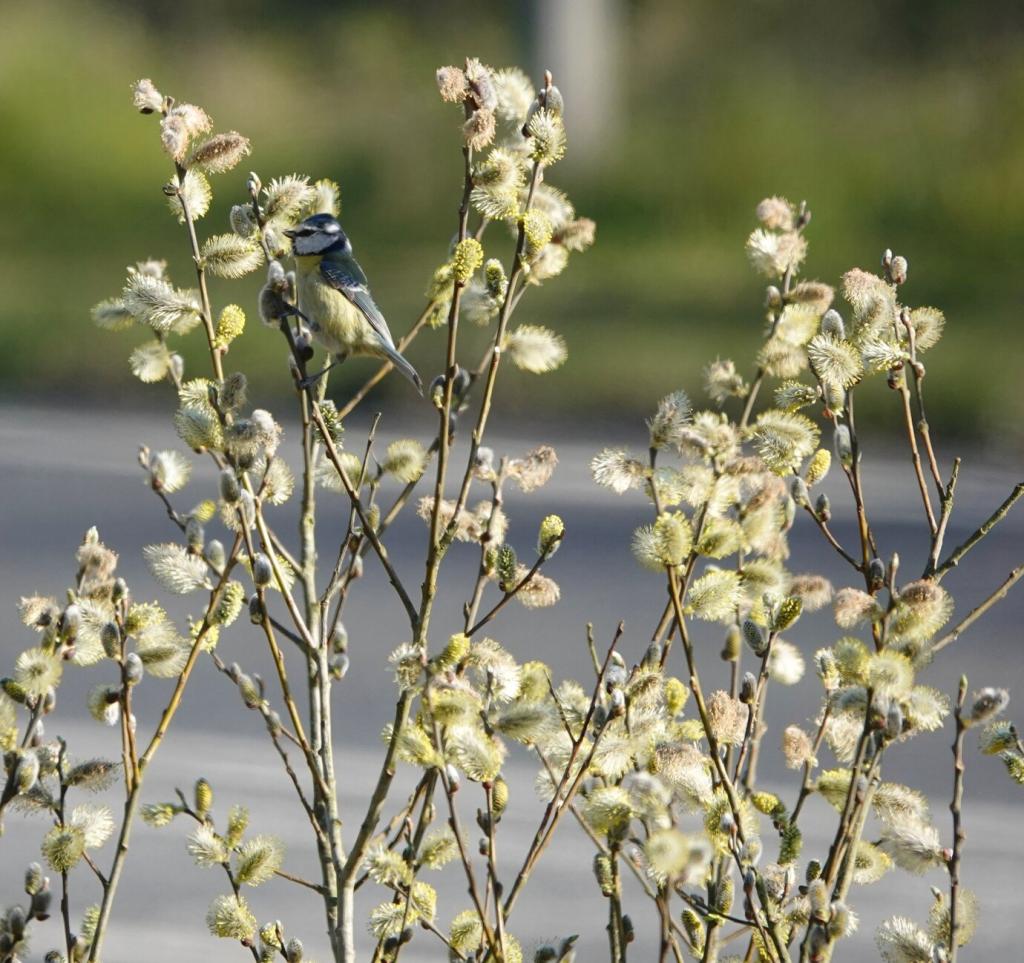
Pollination Power: How Bees Improve Urban Gardens
Urban gardens present a unique opportunity for communities to enhance local green spaces, food security, and biodiversity. However, the success of these gardens depends heavily on pollination, a natural process that ensures plants bear fruit and reproduce. Bees, as primary pollinators, are essential partners in this endeavor. Their role is more than just facilitating plant life; they act as catalysts for ecological balance, garden productivity, and urban sustainability. Understanding how bees interact with urban gardens enriches our capacity to steward the spaces where we live, work, and play, while supporting healthy environments for generations to come.
Why Bees Matter for City Gardens
Bees are unmatched pollinators in urban settings, with a unique ability to navigate fragmented landscapes and seek out blooms across rooftops, balconies, and community plots. Their small size and agility allow them to visit hundreds of flowers each day, greatly boosting pollination rates compared to wind or other insects. This amplification of plant productivity leads directly to more abundant harvests for urban gardeners and community projects, making bees essential allies. Moreover, bees encourage the cross-pollination that promotes healthier, more resilient plant populations—a crucial factor in small-scale gardening where genetic diversity can be limited.
How Urban Landscapes Attract Bees
Urban gardens can be surprisingly attractive to bees, offering a mix of flowering plants that bloom at different times of the year. Ornamental flowers, herbs, fruit trees, and vegetables all contribute nectar and pollen, while gardens with continuous blooms provide a steady food source. City gardeners who choose a variety of species allow bees to forage throughout the growing season. Additionally, less use of pesticides and the presence of microhabitats, such as cracks in walls and patches of bare soil, help support population stability by offering sites for nesting and shelter.
The Threats Bees Face in Cities
While urban gardens can provide vital resources, bees also encounter unique threats in city environments. Fragmented green spaces, pollution, and pesticide usage pose significant risks to bee health and survival. Noise and light pollution can interfere with their navigation and foraging behaviors, further challenging their ability to thrive. Urban planners and gardeners must be conscious of these threats and adopt bee-friendly practices, such as reducing chemical use and promoting habitat diversity, to ensure that these essential pollinators continue to enrich urban gardens for years to come.
Previous slide
Next slide

Boosting Garden Yields Through Bee Activity
From Flowers to Fruit: The Bee Effect
Bees facilitate the transition of many ornamental and edible plants from flowering to fruiting stages. When bees visit blossoms to collect nectar and pollen, they simultaneously distribute pollen grains to the reproductive parts of plants. This process triggers fertilization, resulting in larger, more uniform, and better-quality fruits and vegetables. Without sufficient bee activity, yields may be sparse or crops can develop misshapen produce. For city gardeners, inviting and protecting bees often brings a visible boost in productivity, reinforcing their vital role in urban food systems.
Improving Crop Diversity and Quality
With the support of bees, urban gardens can successfully grow an impressive range of crops, from berries and apples to squash and tomatoes. Bees do not favor any single plant species; their foraging habits naturally diversify pollination events across many types of plants. This results in a broader array of food crops, each with higher quality and resilience. Gardeners who consciously plant for bees often see improvements in the taste, size, and appearance of their harvest, leading to greater satisfaction and food security.
Complementing Other Pollinators
While various insects contribute to pollination, bees remain the most efficient and reliable partners in urban agricultural settings. However, their activity often encourages other pollinators, such as butterflies and hoverflies, to visit city gardens as well. This creates a positive feedback loop: more bees lead to greater plant diversity, which in turn supports a wider array of pollinating creatures. By focusing on bee health and attracting them to urban gardens, city dwellers inadvertently foster an entire web of beneficial insect life, further strengthening their green spaces.

Creating Bee-Friendly Urban Gardens
Plant selection is crucial for attracting and supporting bees in urban gardens. The goal is to ensure a continuous supply of nectar and pollen from early spring until late autumn. This can be achieved by choosing plants with staggered blooming periods, ensuring that bees always have something to forage. Native flowers, culinary herbs, and certain fruit varieties are especially valuable. By diversifying plant species and planning for year-round floral abundance, gardeners provide both food and shelter, keeping local bee populations robust and active.

